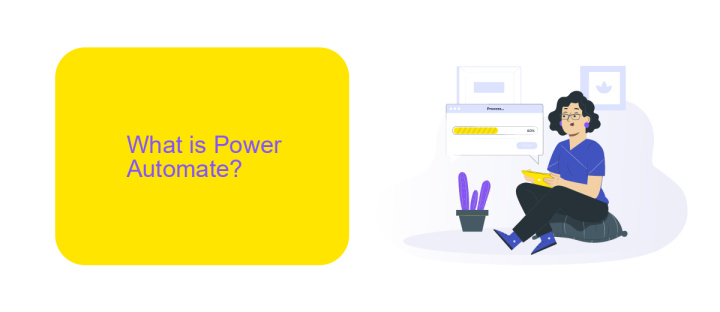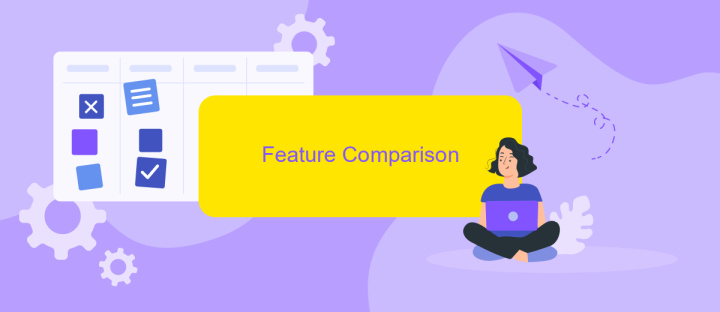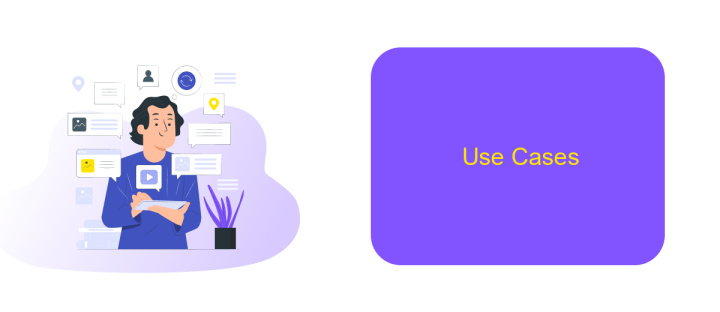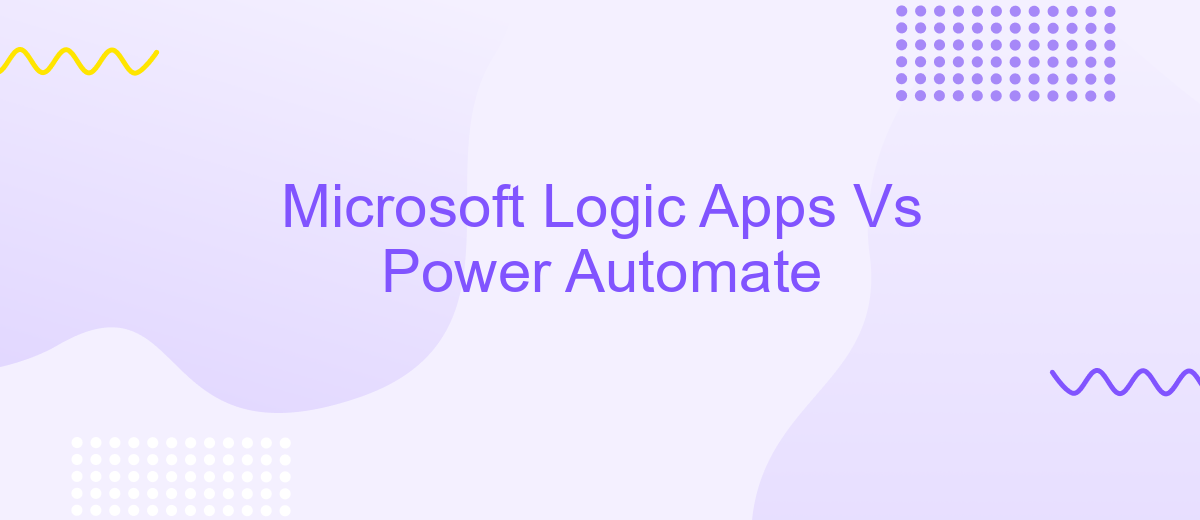Microsoft Logic Apps Vs Power Automate
When it comes to automating workflows and integrating applications, Microsoft offers two powerful tools: Logic Apps and Power Automate. Both platforms provide robust solutions for streamlining business processes, but they cater to different needs and use cases. This article delves into the key differences, advantages, and potential applications of Microsoft Logic Apps versus Power Automate, helping you choose the right tool for your organization.
What is Microsoft Logic Apps?
Microsoft Logic Apps is a cloud-based service that allows users to automate workflows and integrate applications, data, and services across organizations. It provides a visual designer to create and manage workflows without writing any code, making it accessible for both developers and business users. Logic Apps can connect to various services, including Microsoft services like Azure, Office 365, and third-party services like Salesforce, Dropbox, and more.
- Automate workflows and processes
- Integrate with over 200 connectors
- Visual designer for easy workflow creation
- Scalable and reliable cloud-based solution
With Logic Apps, you can streamline business processes, reduce manual tasks, and improve overall efficiency. It also supports advanced features like custom connectors and complex workflows, making it a versatile tool for various integration needs. For those looking to further enhance their integration capabilities, services like ApiX-Drive can be used alongside Logic Apps to simplify and automate data exchange between different platforms and applications.
What is Power Automate?

Power Automate is a cloud-based service provided by Microsoft that enables users to create automated workflows between various applications and services. It simplifies the process of automating repetitive tasks and business processes without the need for extensive coding knowledge. Users can connect different applications, such as Office 365, SharePoint, and Dynamics 365, to streamline their operations and improve productivity.
With Power Automate, users can set up triggers and actions to automate tasks like sending notifications, moving data between systems, and creating tasks in project management tools. Additionally, it offers pre-built templates to help users get started quickly. For those looking to integrate even more services, platforms like ApiX-Drive can be used to connect Power Automate with a wide range of third-party applications, further enhancing its capabilities and flexibility in automating complex workflows.
Feature Comparison

When comparing Microsoft Logic Apps and Power Automate, it's essential to consider their features to determine which tool better suits your integration needs. Both platforms offer robust automation capabilities, but they cater to different user bases and use cases.
- Target Audience: Logic Apps is designed for developers with its extensive capabilities and complex configurations, while Power Automate is more user-friendly, targeting business users and non-developers.
- Integration: Logic Apps supports a wider range of integrations, including enterprise-level systems. Power Automate offers simpler integrations, ideal for common business applications.
- Pricing: Logic Apps uses a consumption-based pricing model, whereas Power Automate has a more straightforward per-user pricing structure.
- Customization: Logic Apps provides more in-depth customization options, suitable for complex workflows. Power Automate focuses on ease of use with pre-built templates and connectors.
- Third-Party Services: Both tools can be enhanced with third-party services like ApiX-Drive, which simplifies integration processes and expands connectivity options.
In summary, the choice between Microsoft Logic Apps and Power Automate depends largely on your technical expertise, integration requirements, and budget. Logic Apps is ideal for developers needing advanced features, while Power Automate is perfect for business users seeking simplicity and efficiency.
Use Cases

Microsoft Logic Apps and Power Automate are powerful tools for automating workflows, but they cater to different use cases. Logic Apps is designed for complex enterprise-level integrations, while Power Automate is more suited for individual and small-to-medium business needs.
Logic Apps excels in scenarios where you need to integrate multiple services and systems, handle large volumes of data, and require advanced error handling. It is ideal for IT professionals and developers who need to build and manage intricate workflows.
- Enterprise-level data integration
- Complex workflows with multiple steps
- Advanced error handling and monitoring
- Integration with on-premises systems
On the other hand, Power Automate is perfect for automating repetitive tasks and streamlining business processes without much coding. It is user-friendly and accessible to non-developers, making it a great choice for individual users and small teams. For those looking to further simplify the integration process, services like ApiX-Drive can be used to connect various apps and automate data transfer effortlessly.
Conclusion
In conclusion, both Microsoft Logic Apps and Power Automate offer robust solutions for automating workflows and integrating various services. Logic Apps provides a more extensive set of connectors and advanced capabilities, making it ideal for complex enterprise-level integrations. On the other hand, Power Automate is user-friendly and well-suited for automating personal tasks and small to medium-sized business processes.
When choosing between the two, it’s essential to consider the specific needs of your organization. For those requiring a balance of power and simplicity, integrating a service like ApiX-Drive can further enhance your automation capabilities by providing seamless connections between disparate systems. Ultimately, the right tool will depend on your technical requirements, budget, and the complexity of the workflows you aim to automate.


FAQ
What are the main differences between Microsoft Logic Apps and Power Automate?
Which service is better for enterprise-level integrations?
Can I use both Microsoft Logic Apps and Power Automate together?
Are there any third-party tools that can help with automation and integration setup?
Which service is more cost-effective for small businesses?
Apix-Drive is a simple and efficient system connector that will help you automate routine tasks and optimize business processes. You can save time and money, direct these resources to more important purposes. Test ApiX-Drive and make sure that this tool will relieve your employees and after 5 minutes of settings your business will start working faster.

